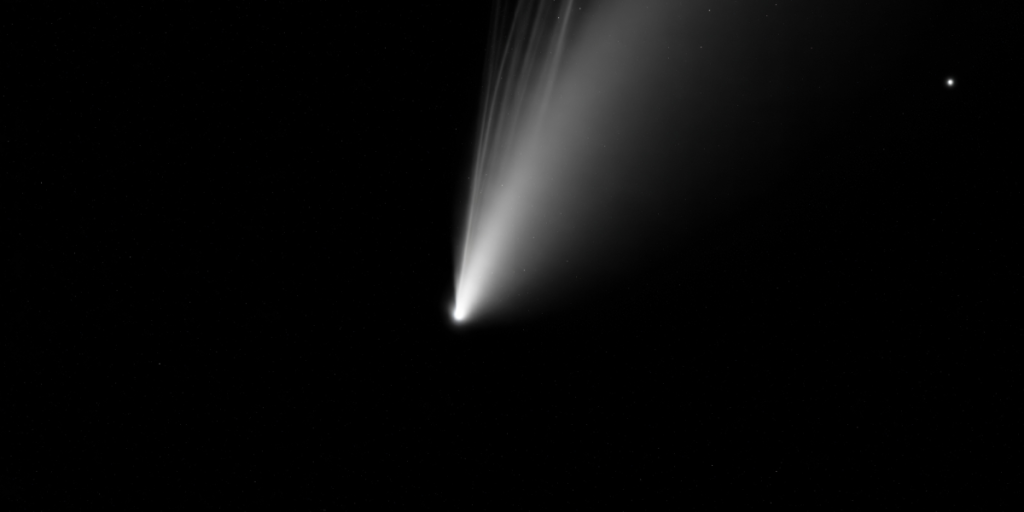A mysterious object from beyond our Solar System is lighting up the night sky this November.
Others are reading now
Known as 3I/ATLAS, the interstellar comet is now visible from Earth, and you don’t need a giant observatory to catch a glimpse.
A rare visitor
Discovered in July, 3I/ATLAS has fascinated astronomers with its unusual speed and trajectory.
NASA officially classifies it as an interstellar comet, meaning it originated outside our Solar System.
The object recently reached perihelion, its closest point to the Sun, and is now travelling away from it, once again visible from Earth.
Harvard physicist Avi Loeb reignited public debate by suggesting 3I/ATLAS could be artificial in origin, but space agencies maintain it’s a natural body.
Also read
Whatever its nature, experts agree this month offers one of the best chances for ordinary stargazers to see it.
When and where to look
Astronomers say the best time to observe 3I/ATLAS is before dawn, just as the sky begins to lighten.
In November, it can be seen in the constellation Virgo, close to the bright planet Venus and the star Spica.
“November will be the ideal month to observe Comet 3I/ATLAS, a rare interstellar visitor that will shine near Venus and the bright star Spica in Virgo,” said Dr Franck Marchis, senior astronomer and director of citizen science at the SETI Institute, speaking to IFLScience.
Because comets are unpredictable, Marchis noted that its brightness could shift as it moves farther from the Sun.
Also read
That makes this early November window especially promising for sky-watchers.
What you’ll need
You don’t have to be a professional astronomer to spot it.
A small telescope or a pair of powerful binoculars will do the job. Stargazing apps such as SkySafari, Stellarium or Sky Tonight can help locate its exact position in the sky.
Clear, dark conditions are crucial.
Find an area away from city lights and look toward Virgo in the east before sunrise. A small, hazy glow will be 3I/ATLAS, gliding silently through space.
Also read
Debate continues
While many are simply enjoying the sight, others remain intrigued by its origins.
Loeb has argued that NASA has not released the best images of the comet, suggesting it might conceal more than expected.
NASA, however, continues to insist 3I/ATLAS poses no threat and behaves like any other comet.
For most observers, the debate matters less than the view. The appearance of 3I/ATLAS offers a rare opportunity to witness an interstellar visitor.
Sources: NASA, SETI Institute, IFLScience, LADbible


